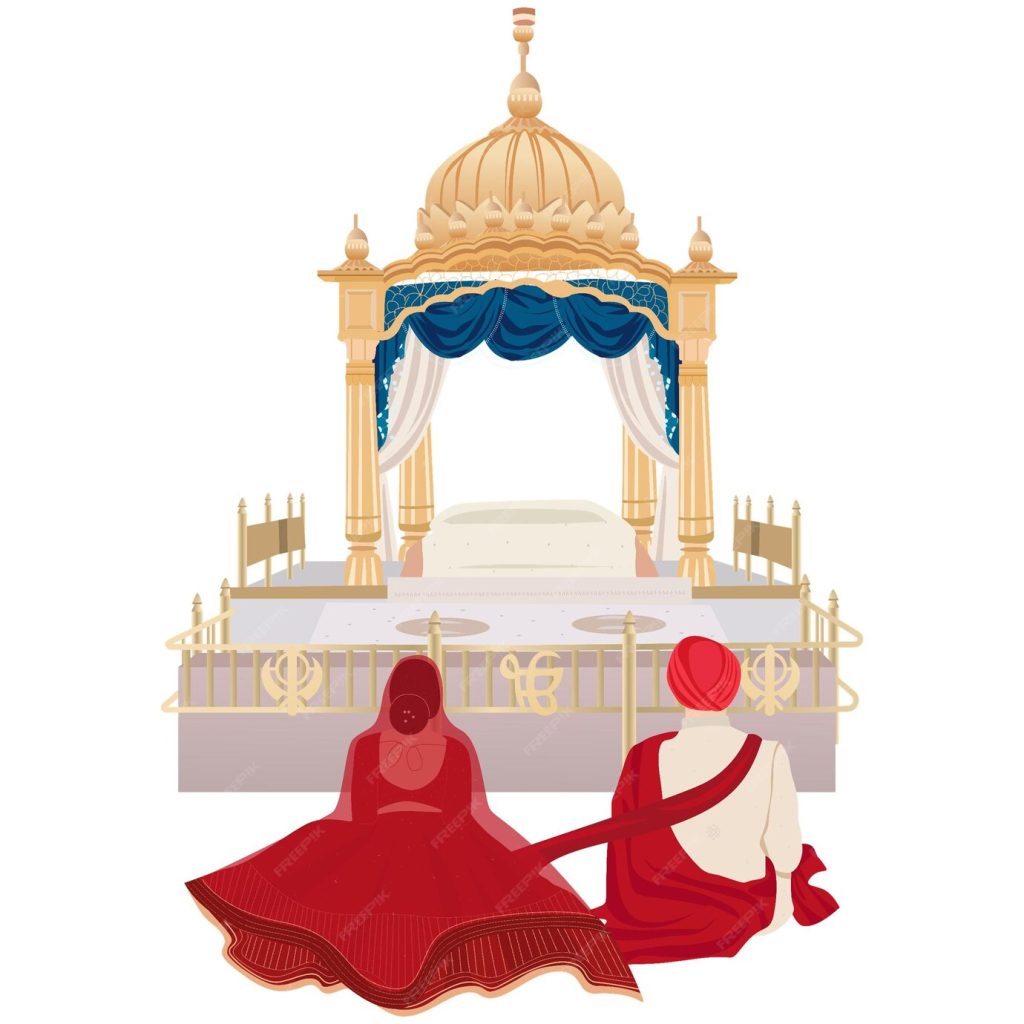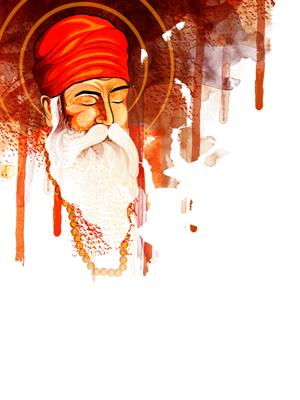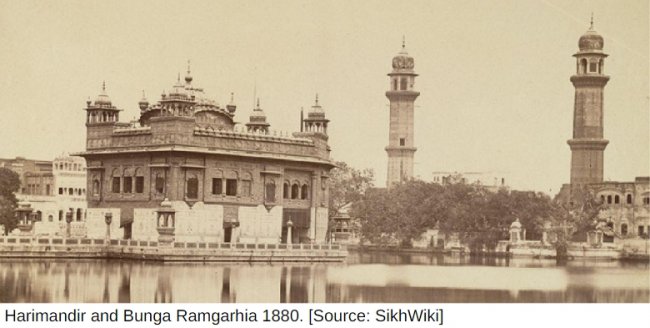ANANDPUR SAHIB RESOLUTION, a frequently invoked document of modern Sikhism pronouncing its religious rule as well as its political goal. After having enjoyed power under chief ministers, Gurnam Singh and Parkash Singh Badal in the Punjab, newly demarcated in 1966, Sikhs as represented by their premier political party, the Shiromani Akali Dal, were able to capture only one seat at the elections to Indian Parliament (1971) from among the 13 which were Punjab`s portion. In the Punjab Assembly elections which took place in March 1972 their tally was a mere 24 seats out of a total of 117, and the Punjab Government passed into the hands of the Congress Party, with Giani Zail Singh (later, President of India) as chief minister.
Discover Arur Singh's journey from a trusted attendant to ambassador for Maharaja Duleep Singh, navigating intrigue and betrayal in 19th-century India.
Explore the sacred Anand Karaj, the Sikh marriage tradition, highlighting its rituals, significance, and historical evolution in Sikhism.
Explore the legend of Bakht Mall, Sikh preacher, and the retrieval of prized horses Gulbagh and Dilbagh from Lahore's governor during Guru Hargobind's era.
Explore the legacy of Bhai Battha, a key Sikh figure at Pakpattan during the era of Guru Har Krishan & Guru Tegh Bahadur, as revealed in bukamnamas.
BHAKTI AND SIKHISM. The word bhakti is derived from Skt. bhaj, meaning to serve, honour, revere, love and adore. In the religious idiom, it is attachment or fervent devotion to God and is defined as "that particular affection which is generated by the knowledge of the attributes of the Adorable One." The concept is traceable to the Vedas where its intimations are audible in the hymns addressed to deities such as Varuna, Savitra and Usha.
BIJAI SINGH, by Bhai Vir Singh, is a historical romance constructed around the heroic figure of Bijai Singh, a fictitious character, through whose spiritual integrity it endeavours to delineate a whole people, its inspiration and way of life. First published in 1899, Bijai Singh is the author`s second novel and, like its predecessor Sundari (q.v.), it is situated in the same 18th century period of suffering and trial for the Sikhs. Bijai Singh is in every sense an exemplary character. Born Ram Lal in a Hindu Khatri family of Lahore, he received the new name Bijai Singh as, moved by the gallant deeds of the Sikhs, he, along with his wife and son, receives the initiatory rites and joins the ranks of the Khalsa.
BUNGAS The word bunga is derived from the Persian bungah meaning a hospice, or a dwelling place. In the Sikh tradition, the word specifically refers to the dwelling places and mansions which grew up around the Harimandar at Amritsar and at other centres of Sikh pilgrimage. These were primarily the houses built by the conquering sardars and chiefs in Sikh times or by Sikh school men and sectaries. Amritsar housed the largest complex of such buildings.
CENTRAL SIKH LEAGUE, political organization of the Sikhs which guided their affairs until the Shiromani Akali Dal emerged as a mass force. The inaugural session of the Central Sikh League was held at Amritsar on 29 December 1919, coinciding with the annual sessions of the Indian National Congress and the Muslim League. It was dominated by the educated Sikhs from the middle strata such as Sardul Singh Caveeshar, Harchand Singh Lyallpuri and Master Sundar Singh Lyallpuri. The first president was Sardar Bahadur Gajjan Singh representing moderate political opinion.
COURT AND CAMP OF RUNJEET SING, THE, by W.G. Osborne, military secretary to Lord Auckland, Governor General of India (1836-42), first published in 1840 in London, is a journal recording events in the Punjab of the period from 19 May to 13 July 1838 and the author`s personal impressions. The author visited Lahore First as a member of Sir William H. Macnaghten`s mission in May 1838, and then in December of the same year with the Governor General during his meeting with Maharaja Ranjit Singh at Firozpur. The journal is preceded by an introduction about the origin and rise of the Sikh people and is followed by a few letters of the author to the Maharaja and one from the Maharaja to the author.









